It is estimated that more than 100 million Americans—or roughly 40 percent of the US population—are descended from the 12 million immigrants who passed through Ellis Island during the years of its operation, from 1892 to 1954. Through photographs by Lewis Hine and Augustus Sherman, as well as archival photos, the exhibition The Warmth of Other Suns: Stories of Global Displacement shares images from this important period in American history.
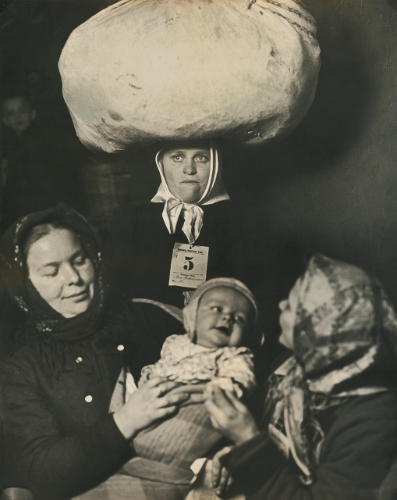
Lewis Hine, Slavic Mother and Child at Ellis Island (from Photographic documents of social conditions), 1905, Photography Collection, The Miriam and Ira D. Wallach Division of Art, Prints and Photographs, The New York Public Library, Astor, Lenox and Tilden Foundations
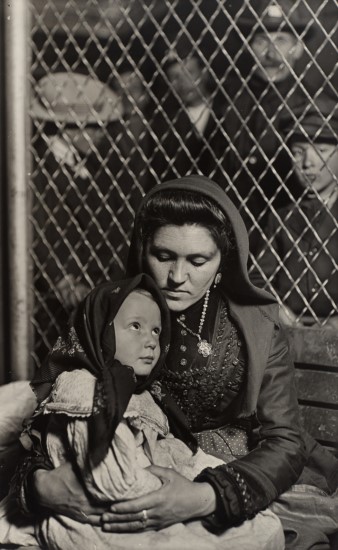
Lewis Hine, Italian Mother and Child, Ellis Island (from Photographic documents of social conditions), 1905, Photography Collection, The Miriam and Ira D. Wallach Division of Art, Prints and Photographs, The New York Public Library, Astor, Lenox and Tilden Foundations
Lewis Hine (b. 1874, Oshkosh, Wisconsin, USA; d.1940, Dobbs Ferry, New York, USA) was a science teacher at New York’s Ethical Culture School in the early 1900s when he was given a camera and assigned the role of school photographer. Hine first visited Ellis Island on a commission from the school, and he returned regularly between 1904 and 1909, amassing over 200 photographs of families arriving and awaiting processing. Recognizing the power of such images to generate social change, Hine eventually pursued a career as a social photographer, capturing the conditions of Lower East Side tenements and urban factories. Hine’s works on view, as well as the other archival photographs, depict mainly European immigrants, who made up a large part of the mass movement of people entering through Ellis Island between 1892 and 1954. Hine thought of himself foremost as a documentarian, and he carefully captioned each photograph with where it was shot and the subject’s country of origin. Hine died in poverty with little recognition, but many of his photographs were instrumental in reforming labor laws and many others survive as lasting documents of the early-20th century immigrant experience in the United States.
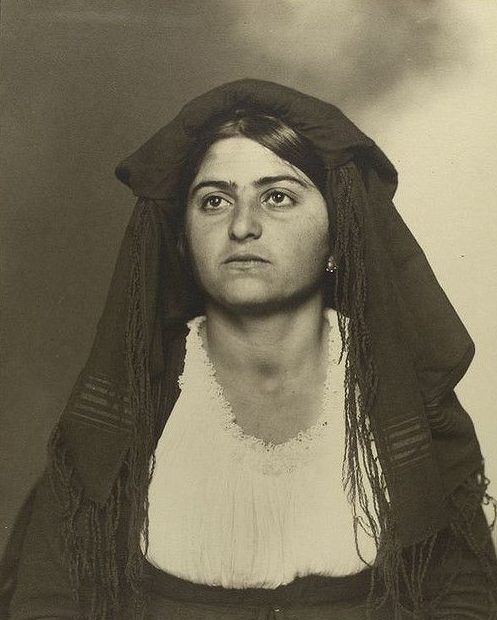
Augustus Sherman, Italian Woman (from Ellis Island Series), n.d. Modern prints, Photography Collection, The New York Public Library
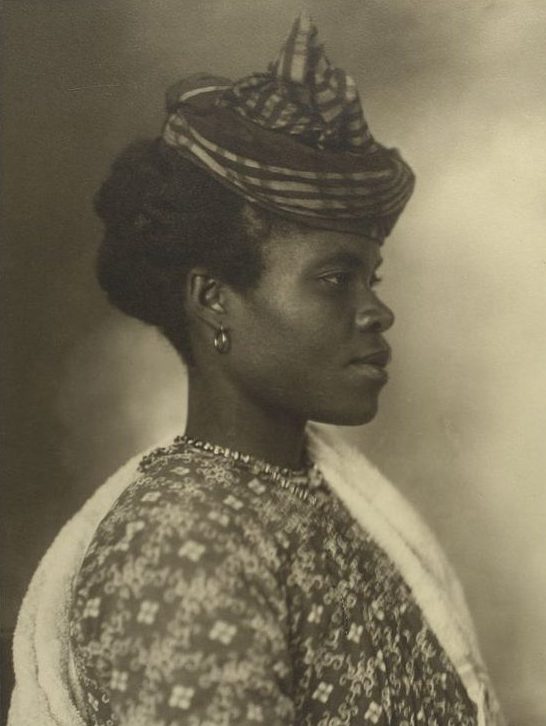
Augustus Sherman, Guadeloupean woman (from Ellis Island Series), 1911, Photography Collection, The New York Public Library
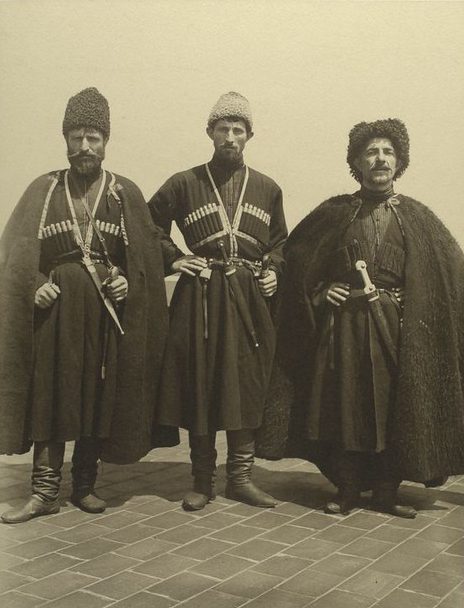
Augustus Sherman, Russian Cossacks (from Ellis Island Series), 1906, Photography Collection, The New York Public Library
Augustus Sherman (b. 1865, Lynn Township, Pennsylvania, USA; d. 1925, New York City, USA) worked as a clerk at Ellis Island from 1892 to 1925, witnessing generations of immigrants arriving from Europe, Asia, Africa, and South America, and in 1905, he began photographing individuals and families, encouraging his subjects to wear their traditional folk dress. While Sherman’s aim in making his portraits was to generate sympathy for the US government’s immigration agencies, his photos were sometimes used, unattributed, in anti-immigration publications rallying against so-called “aliens.” Sherman, however, distinguished his sitters as individuals, and his photographs are captioned with details, often including names, origins, and occupations. In the photographs exhibited, he captures two Italian women whose traditional dress is remarkable, in part because veils—which today might be associated with Islam—were a common feature among Italian peasants, and even today maintain an iconographic status among Christians. With their distinctive attire, these women serve as reminders of how cultural or religious otherness is perceived in different places and in various historical moments.
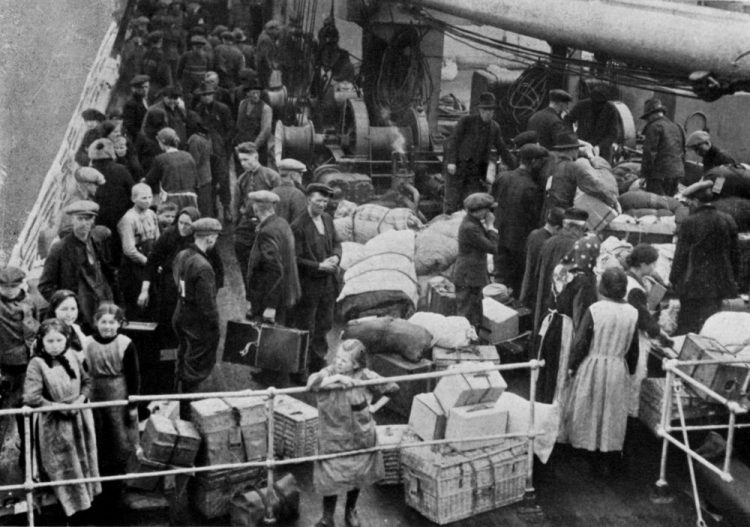
Ellis Island photos, Archival images, Private collection
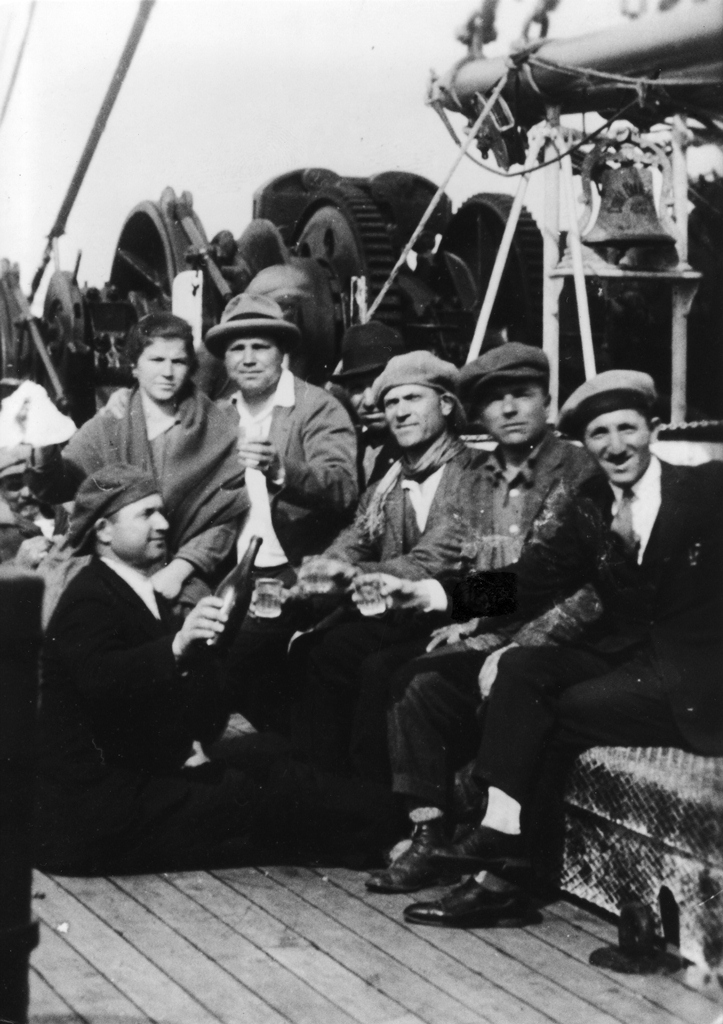
Ellis Island photos, Archival images, Private collection

Ellis Island photos, Archival images, Private collection
Come see these images and many more by Hine and Sherman in The Warmth of Other Suns: Stories of Global Displacement, on view through September 22, 2019.
